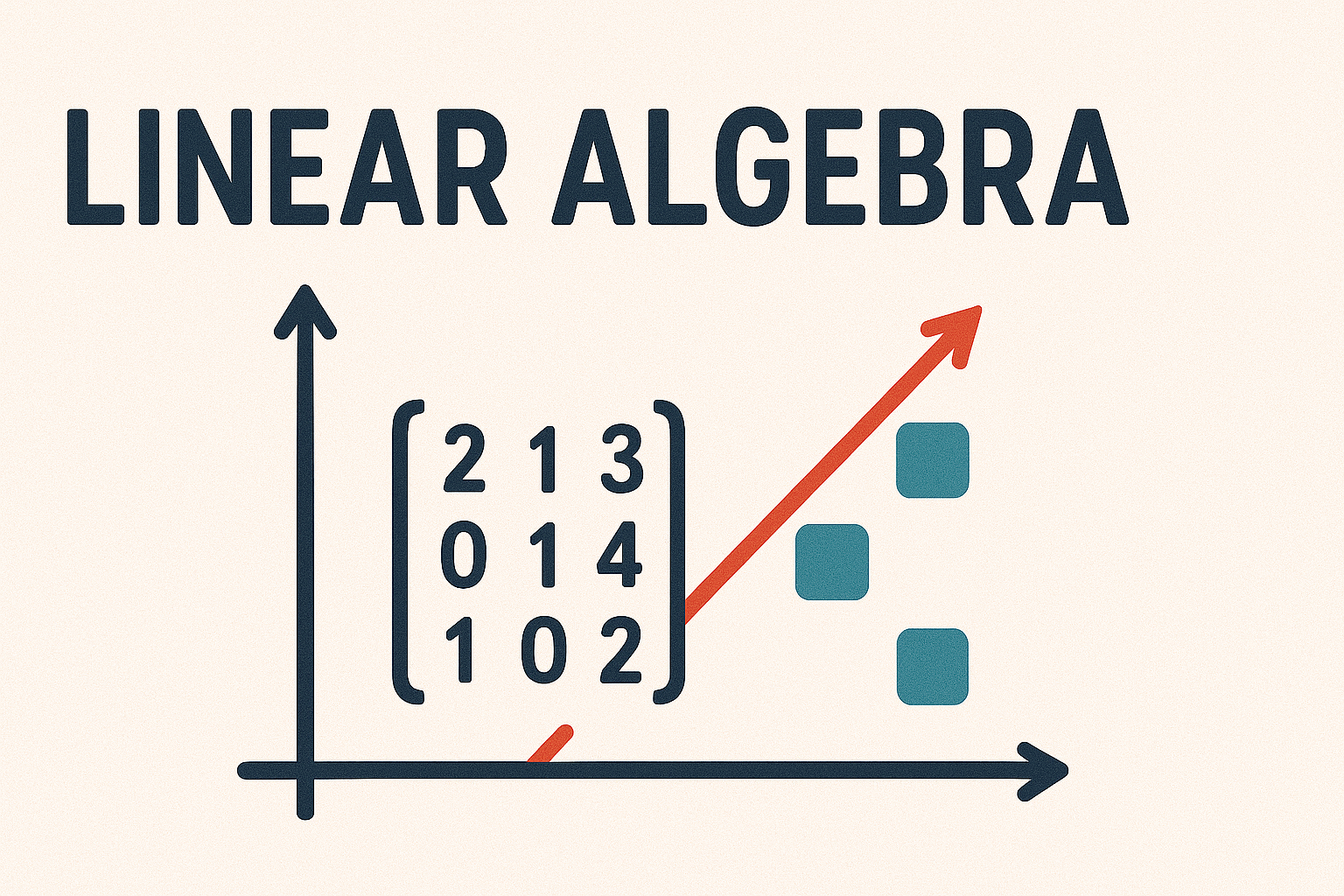2.9. Homogeneous systems#
Definition 2.9 (Homogeneous systems)
A homogeneous system of linear equations is of the form \(A\mathbf{x} = \mathbf{0}\), i.e.,
A homogeneous system always as the trivial solution \(\mathbf{x} = \mathbf{0}\) so a homogeneous system is always consistent. If \(\mathbf{x} = \mathbf{0}\) is not the only solution then the system is indeterminate and there will be infinitely many non-trivial solutions.
When a homogeneous system is solved by Gaussian elimination, the column of zeros on the right of the partition in the augmented matrix remains unchanged at each stage, since none of the three types of elementary row operations can introduce a non-zero entry in this column. So we only need to perform row operations on the coefficient matrix \(A\).
Example 2.8
Solve the following homogeneous system of linear equations using Gauss-Jordan elimination
Solution
Applying elementary row operations to the coefficient matrix
Here we have 5 variables and, since columns 3 and 5 do not have pivot elements, 2 free parameters \(x_3\) and \(x_5\). Let \(r = x_3 \) and \(s = x_5\) then solving for \(x_1\), \(x_2\) and \(x_4\) by back substitution we have
